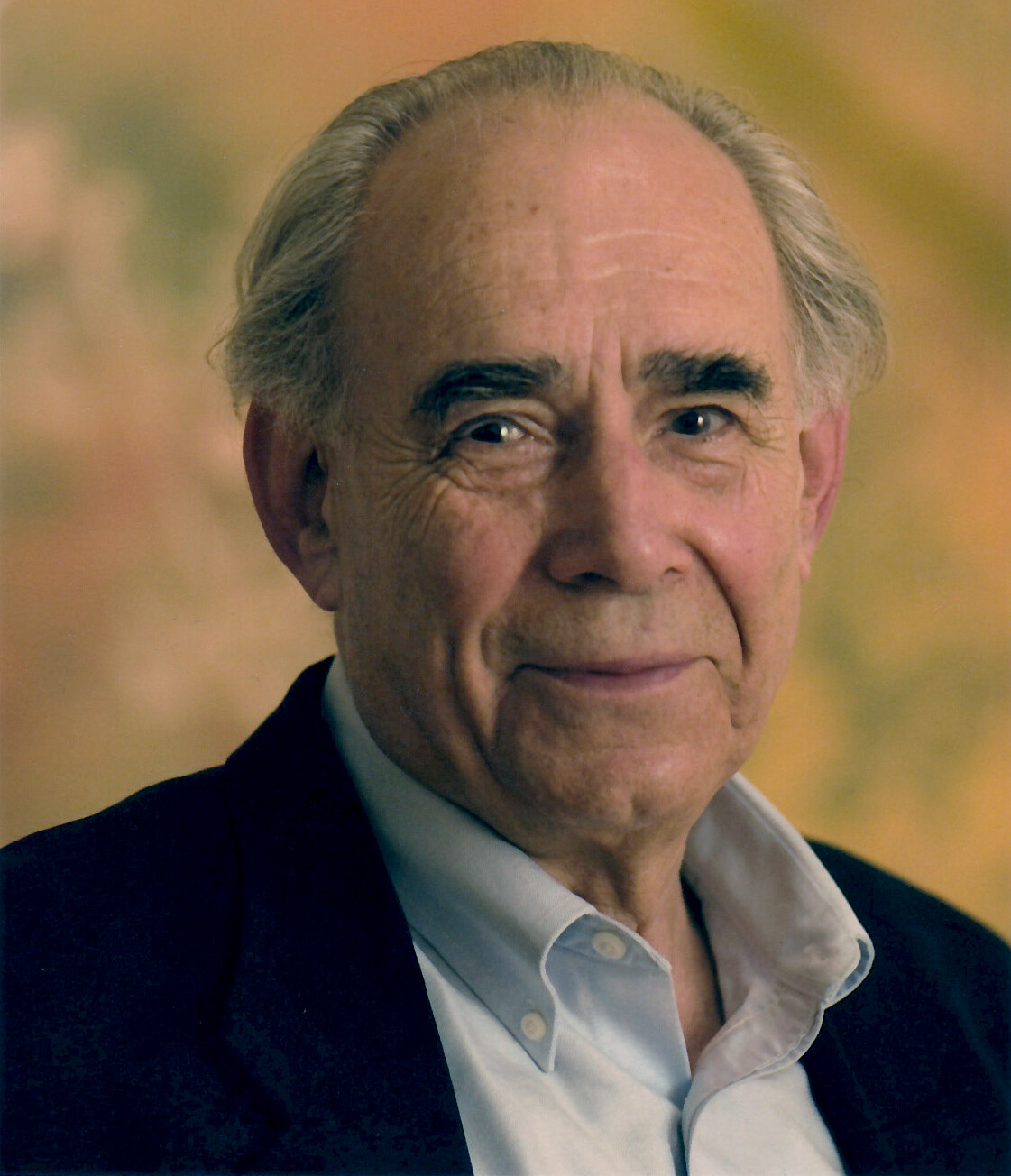September 26–December 23, 2018
735 Anderson Hill Road
Purchase, NY 10577
USA
Hours: Wednesday–Sunday 12–5pm
T +1 914 251 6100
nma@purchase.edu
Celebrating the legacy of a noted art critic, historian, and author with ties to Purchase College and the Neuberger Museum of Art.
One day in 1952, the late Irving Sandler was walking through the galleries of the Museum of Modern Art when he came across Chief, a black and white painting by Abstract Expressionist Franz Kline. “I was dumbstruck,” Sandler recalled. “Chief revealed to me the power of the visual…It was like releasing the floodgates of seeing…It began my life in art.”
Sandler went on to become a respected art critic, scholar, and art historian, and a prolific writer, covering in depth the Abstract Expressionist movement and its artists, whom he befriended, interviewed, documented, and cavorted with. His copious notes formed the basis of his dozens of articles and books on various art movements. He managed an artist’s cooperative, briefly ran a gallery, taught for twenty-five years at Purchase College, and for a short time in the 1970s, was the director of the Neuberger Museum of Art. But his enduring passion was to chronicle artists’ intentions, visions, and experiences.
Mr. Sandler passed away last June at the age of 92. To honor his legacy and the huge contribution he made for over half a century to the art and academic worlds, the Neuberger Museum of Art will present Irving Sandler: Points of View, that includes critical writing and observations from his memoirs and textbooks about many of the artists and works currently on view in Then & Now: Modern and Contemporary Selections from the Permanent Collection at the Neuberger Museum. Other works by Judy Pfaff, Glen Ligon, Alex Katz, Philip Pearlstein, and Al Held will be on view as well.
The Sandler exhibition also reflects the desire by Neuberger Museum director Tracy Fitzpatrick and independent curator Karen Wilkin, co-curators of the show, who both enjoyed a unique friendship with Sandler for many years, to celebrate Sandler’s life story and friendships, and legacy. This collaborative project began with Sandler prior to his death and considers his participation in and influence on the disciplines of art criticism, contemporary art, and teaching within the context of his personal and professional relationships with the artist, scholars, critics, and teachers he taught and from whom he learned. During the last few months of his life, Sandler shared with Ms. Wilkin some of his most precious recollections of the art world. Those memories, in combination with his memoirs, were the primary sources for the texts in one of the sections of the exhibition, accompanied by works by artists who were of particular importance to him over the course of his life, or who represented key moments in his impressions of the development of artistic production in the United States.
The second section of the exhibition takes a look at his long history of art historical and critical writing about mid-century art. “In all, Points of View celebrates one of Purchase College’s and the Neuberger Museum of Art’s dearest colleagues,” writes Dr. Fitzpatrick, who notes that she was grateful as a curator and museum director for Sandler’s encouragement. “He lived an amazing life and was the eyes and ears of midcentury art, especially Abstract Expressionism. It is unfortunate that he didn’t live to see the exhibition, here at the museum.”
One of the works by Alex Katz—a portrait of Irving Sandler and his wife Lucy Freeman Sandler on their wedding day – is currently on view at the Neuberger as well in Brand-New & Terrific: Alex Katz in the 1950s, which was organized by the Colby College of Art, and is the largest museum exhibition to showcase Katz’s innovative portraits, still lifes, and landscapes from this pioneering period. Katz and Sandler were lifelong friends. Of Katz’s Portrait of Irving, included in Points of View, Sandler wrote: “Whether they were painted forty years ago or yesterday, Katz’s pictures do not look old. Neither does Alex himself…Most of the time he is fun to be with. A hard-nosed anti-romanticist, he deflated my existential sentimentality at every opportunity.”


